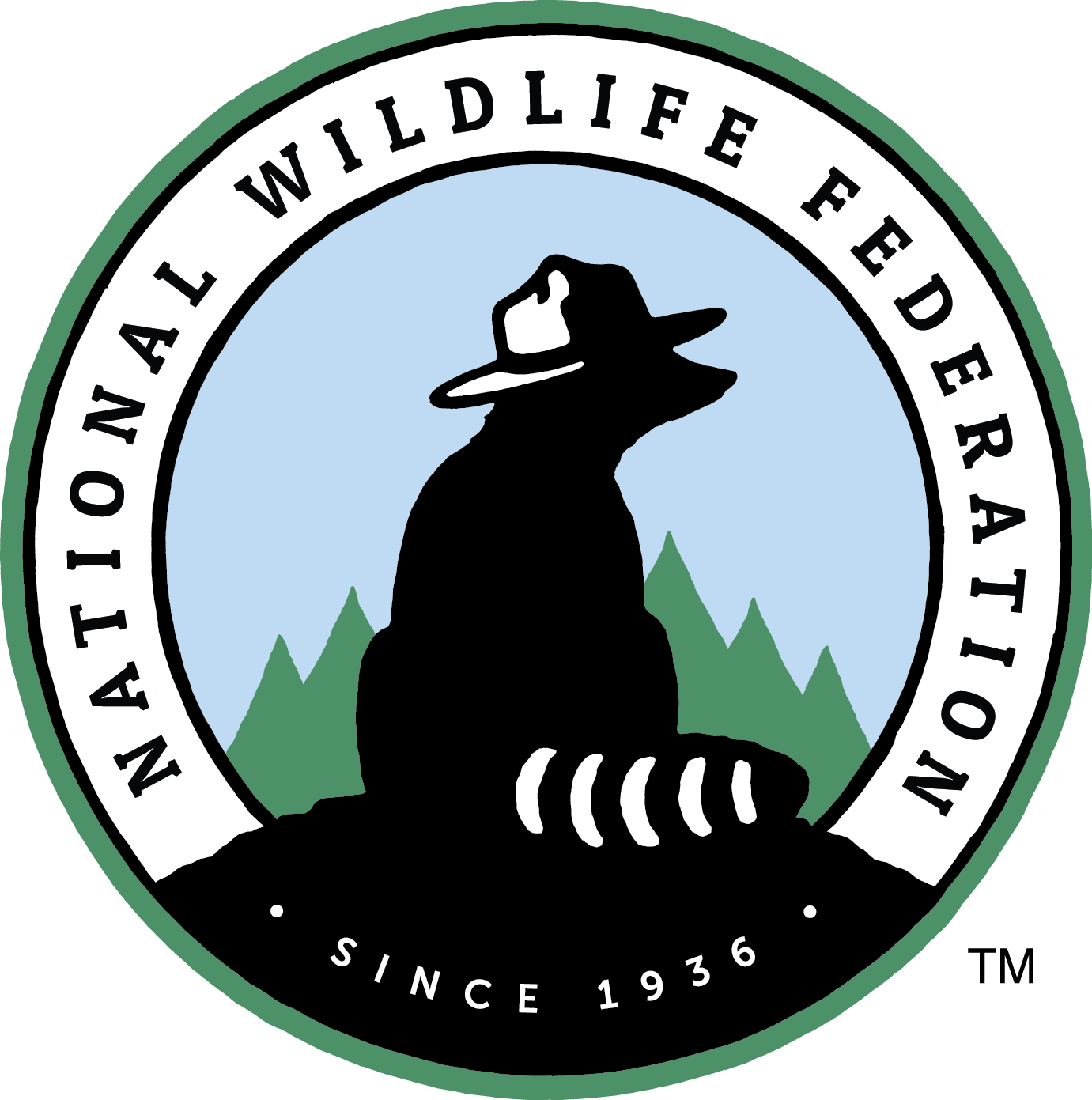Number: 2014-10
WHEREAS, the Public Trust Doctrine is the keystone legal component of fish and wildlife conservation in the United States; and
WHEREAS, the Public Trust Doctrine legally mandates that fish and wildlife resources are held in trust by the government(s) for the benefit of the present and future generations of all citizens; and
WHEREAS, the Public Trust Doctrine is well-established in contemporary common law and was first addressed by the U. S. Supreme Court in the 1800s, Martin v. Waddell, 41 US 367 (1842), and Illinois Central Railroad v. Illinois, 146 US 387 (1892), where the Court explained that states hold natural resources in trust for the people and cannot alienate the trust; and
WHEREAS, it is through the Public Trust Doctrine that fish and wildlife are managed by governmental fish and wildlife agencies with professional fish and wildlife managers ascribing to the North American Model of Fish and Wildlife Conservation; and
WHEREAS, the North American Model of Fish and Wildlife Conservation operates under two basic principles—that our fish and wildlife legally belong to all Americans, and that they need to be managed scientifically in a way that their populations will be sustained forever; and
WHEREAS, the North American Model is developed along seven guidelines, which are known as the “Seven Sisters” and include:
1. Wildlife is a public resource. A wild animal is owned by no one until it is physically possessed. Wildlife is held in common ownership by the state for the benefit of all people.
2. Prohibition on commerce of dead wildlife. It is illegal to buy and sell wild meat and parts of game and nongame species. Furbearers, however, are managed as a sustainable resource.
3. Allocation of wildlife by law. States allocate surplus wildlife by law, not by market pressures, land ownership or special privilege. The public gets a say in how wildlife resources are allocated; the process fosters public involvement in managing wildlife.
4. Wildlife can only be killed for a legitimate purpose. The law prohibits killing wildlife for frivolous reasons. Under the “Code of the Sportsman,” hunters use as much as they can.
5. Wildlife species are considered an international resource. Some species, such as certain migratory birds, fishes and big game, transcend political boundaries and one country’s management can easily affect the populations of the same species in another country.
6. Science is the proper tool for discharge of wildlife policy. Sport hunting and the Federal Aid dollars that it provides to the Fish and Wildlife Agencies provide funds to conduct scientific, professional management. Science-based, professional wildlife management took off with passage of the 1937 Federal Aid in Wildlife Restoration Program, whereby excise taxes on hunting equipment are returned to states for wildlife management, restoration and research, along with hunter education that benefits all species, not just game or nongame.
7. The democracy of hunting. In the European model, wildlife was allocated by land ownership and privilege. In North America, anyone in good standing can participate.
NOW, THEREFORE, BE IT RESOLVED that the National Wildlife Federation at its annual meeting assembled May 1-3, 2014 in Baltimore, Maryland, restates its full support of the Public Trust Doctrine; and
BE IT FURTHER RESOLVED, National Wildlife Federation restates its full support of the North American Model of Fish and Wildlife Conservation, including its seven basic principles.
